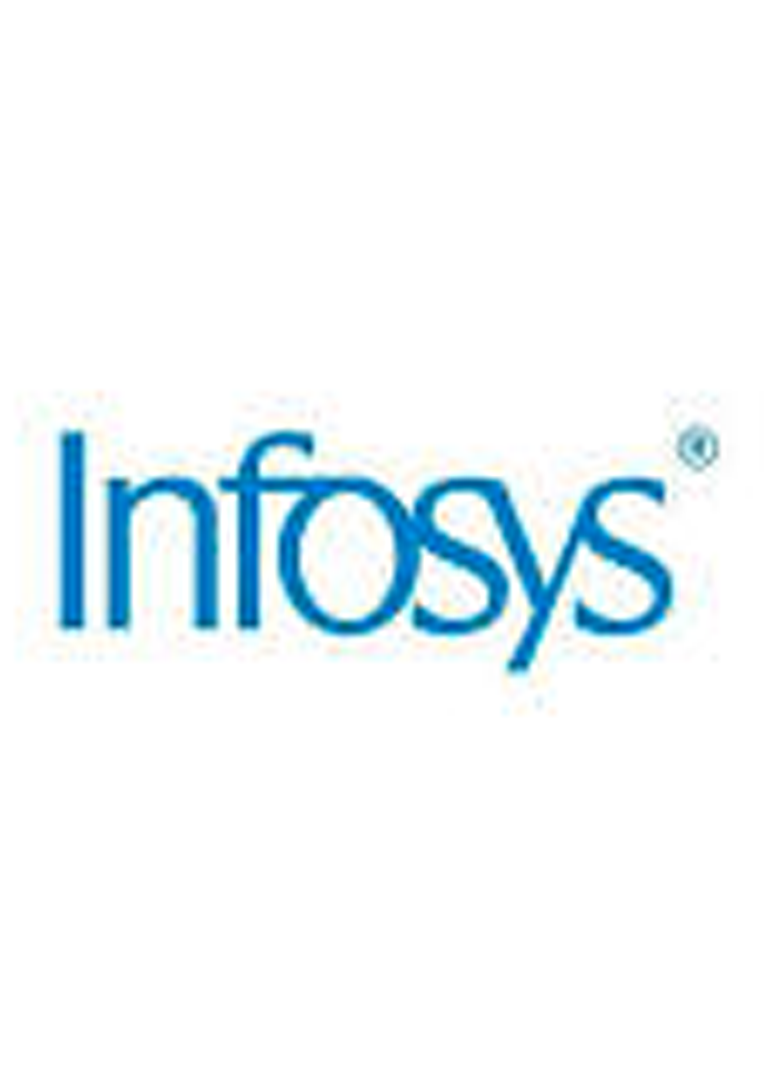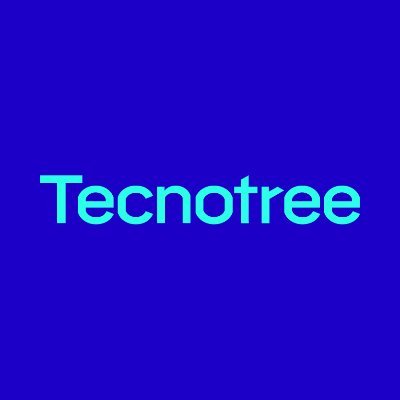Singapore’s second-largest network operator, M1, has ambitions to transform itself into a flexible and nimble player that monetizes its vast wealth of data and rapidly creates hyper-personalized services for customers. M1 decided the best way to achieve its ambition was to go greenfield and become 100% cloud-native. M1’s transformation involves not only the full adoption of the cloud and a complete redesign of its cost structure, but also transforming all employee roles into value creators and making M1 a partner of choice. That vision incorporated four basic aspects, starting with leveraging the cloud to enable holistic self-service for customers. Indeed, the central goal of the project wasn’t simply digital transformation for its own sake, efficiency gains, or competitive agility, but the ability to offer instant, hyper-personalized, made-to-measure services for customers. M1 partnered with Infosys in early 2020 to deliver the transformation program. Together they successfully implemented the company-wide, technology-enabled transformation against the challenging backdrop of the Covid-19 pandemic. By going all-in on cloud, M1 could enable customers to do everything from paying bills and shopping for new devices to adding new services to their service bundle and delegating services to family members – all of this holistically and in real-time, rather than waiting days for services to be provisioned. The second aspect was to enable the team to add value to every task they perform. This means enabling them to talk to each other, rather than being the traditional “glue” between siloed systems, and giving them the ability to deal with challenges that M1’s systems haven’t yet been designed to support. The third aspect involves redesigning M1’s cost structure from the traditional CapEx model to an OpEx (or elastic) business model. Meanwhile, M1 opted for a greenfield strategy in going cloud-native – it has built a brand-new house next to the existing house and has outsourced all of its legacy software to Infosys, so that M1 can focus on building its new digital platform in the cloud, from the apps down to rating, charging and the network-as-a-service layer.





